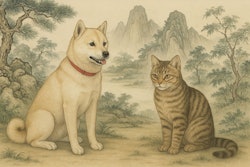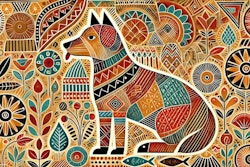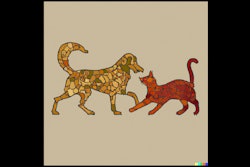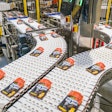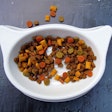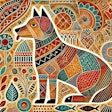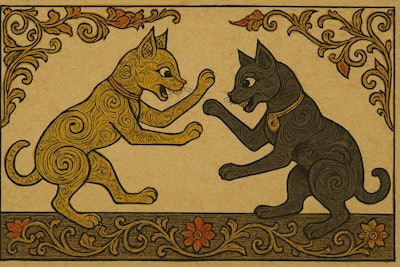
The Indonesian pet food market has grown dramatically to reach US$237 million in 2023, up 24.5% from the previous year's value of US$190.38 million, according to a U.S. Department of Agriculture Foreign Agricultural Service report.
Rising cat ownership fueled the growth of Indonesia’s pet food market. The nation’s pet population grew 75.7% between 2017 and 2022. Cats are the most populous pets, with an estimated population of 5.1 million in 2022, increasing by 137.6% between 2017 and 2022. Along with the growing cat population, the cat food market has become the industry's largest segment.
“On the other hand, dog ownership in Indonesia remains relatively low due to religious and cultural beliefs, particularly within the Muslim community,” USDA market analysts wrote in the report. “Many Muslim households in Indonesia traditionally do not prefer to keep dogs as pets due to religious practices and cultural considerations. As a result, dogs are owned by only about 10% of Indonesian households.”
Between 2022 and 2023, the Indonesian pet food retail market increased from IDR 2.8 trillion (US$166 million) to IDR 3.6 trillion (US$214 million), or 27.2% growth year-on-year. Cat food drove much of this growth, growing 32.2%, rising from IDR 2.1 trillion (US$124 million) in 2022 to IDR 2.8 trillion (US$166 million) in 2023. On the other hand, dog food retail sales increased only 12.4%, from IDR 719.7 billion (US$42 million) in 2022 to IDR 809.1 billion (US$48 million) in 2023.
Cat population dwarfs dogs in Indonesia
Cat food’s market share has increased proportionately from 74.6% of the total pet food market, while the dog food segment made up 25.4%. By 2023, cat food’s market share had grown to 77.5%. Conversely, dog food’s market share declined to 22.5%.
“Looking ahead, this trend seems set to continue, with the cat food market projected to grow even further in the coming years,” USDA analysts wrote. “The pet food market is expected to reach a significant milestone, with forecasts suggesting that the pet cat population could reach 5.9 million by the end of 2026.”
The analysts forecast that cats would continue to dominate the pet food market in Indonesia. Along with religious influences, younger pet owners tend to prefer cats, especially in urban areas. Many of the same forces driving the growth of pet cat populations around the world are also active in Indonesia, as urbanization encourages smaller, lower-maintenance pets.


